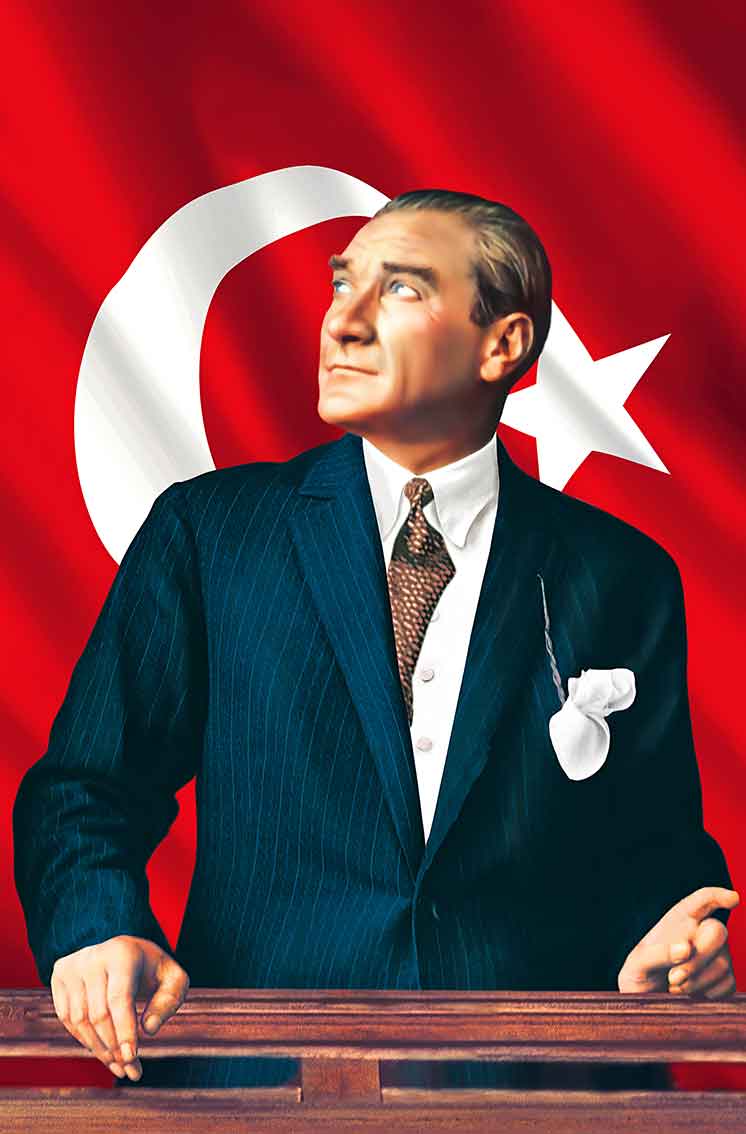
Not only Simav is rich in natural beauties and Yaren Folklore, but also it has a rich history in terms of archaeological finds.
It is known today that Simav was built on the remains of a city called SINAVA – SYNAUS in the 4th millennium BC. During the Hittites, Phrygians, Eastern Roman (Byzantine) periods, SYNAUS (Simav) and ANKYRA (Boğazköy) continued their existence in two settlement units in the historical times, in the southern and north-western part of the dried Simav Lake.
Until 1200 BC, people named Abaitler lived in Simav but then phrygian tribes came from Thrace and Dardanelles and settled into Simav. Simav and its environs, which remained under the control of Eastern Roman (Byzantine), were conquered by the Seljuk Commander EMİR MUHAMMET while coming to Simav Brook valley, who returned from Edremit – Kirkagac region in 1113 to Kütahya – Eskişehir. This conquest period did not last long. Yakup Bey, the founder of the Germiyan Bey, was registered in the history books that he had let the army’s horses rest along the shore of Lake Simav as he went to conquer Alaşehir in 1305. In 1305, the conquest ended with the arrival of the rented Spanish Catalan soldiers of Byzantine to Erdek. The Turkish domination began exactly with the conquering of Simav and Kula from Catalan by Germiyanoglu Çağaşan Mehmet Bey in May 6, 1327. Mehmet Bey ‘s son Süleyman Şah gave his daughter to neighbor principality Ottoman Sultan Murat’ s son, Yıldırım Beyazıt, to be a friend of Ottoman Empire and to protect himself from the hostility of Karamanoğulları. (Year 1381) Kütahya, Tavşanlı, Emet and SİMAV were given to the Ottoman Empire as his daughter’s trousseau and he went to Kula himself. After Süleyman Şah, 2nd Yakup Bey took back Simav again, in 1390 Yıldırım Beyazıt went over to his brother-in-law and defeated him and confined to İPSALA castle. When the country of Yıldırım Beyazıt, who was defeated by Timur in the Battle of Ankara in 1402, was given to old principal again, the 2nd Yakup was the head of the Germiyan bey,and also Sİmav was in the territory of the principality.
Germiyanoğlu 2. Yakup bey was said to have visited the Ottoman sultanate in Edirne in 1428 and willed his country in case of death. Because he had no boys to replace. He died in 1429 and Simav was donated to Ottoman Empire, which was included with the Germiyan country.
According to famous philologist Şemsettin Sami, Simav became a district in 1812 and was connected to Kutahya Sanjak. The central population is 5,000, the district population is 32,662 and 125 villages are connected.
Later Simav Derebeys were dropped from the district state upon giving the soldiers and taxes to the Sultan. Simav was declared a disaster area in 1866 by the overflowing Simav Lake in 1866. Bursa Governor Ahmet Vefik Pasha came to Simav to lower the water level of the lake and in 1867 the Municipality Organization, in 17 February 1868 it was allowed to move to the Kaza (District) status. The first district governor was HALİL KAMIL Bey sent from Istanbul via appointing. Simav was invaded 3 times by the Greeks between 1921-1922 and was founded on September 4, 1922.
According to the 14th general population census carried out on October 22, 2003, the population of Simav city is 28.415 and the population of the villages is 81.553 and the total amount of Simav is 109.568. ıt has 47 villages and 21 towns. Simav is the farthest district of Kütahya with a distance of 147 kilometers to the city center. The locals believe that their services will be realized faster and in some periods they are in Ankara to move to the “Province” status. Simav has geographical area 1,557 km² and forms of 13% of Kütahya’s total area. There are 70 people per kilometer.It is located on the border of cities that are 825 meter above sea level Manisa, Balıkesir, Bursa and Uşak.

